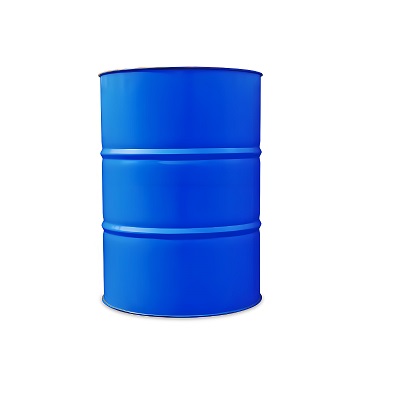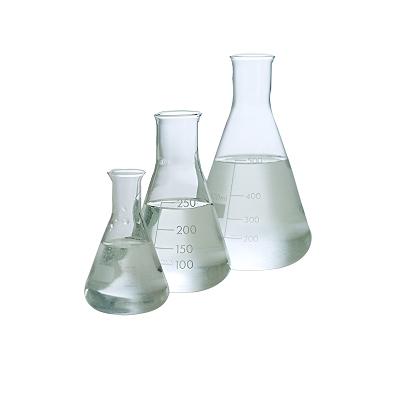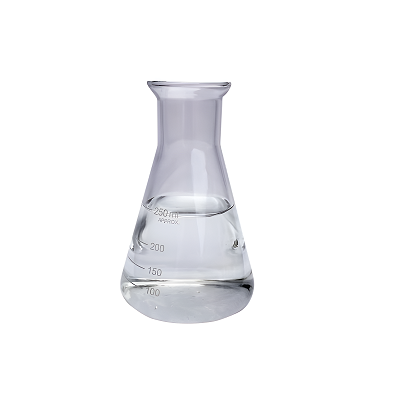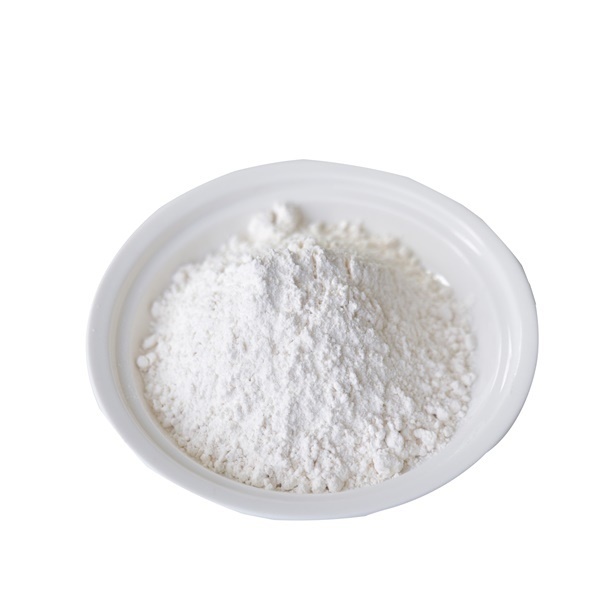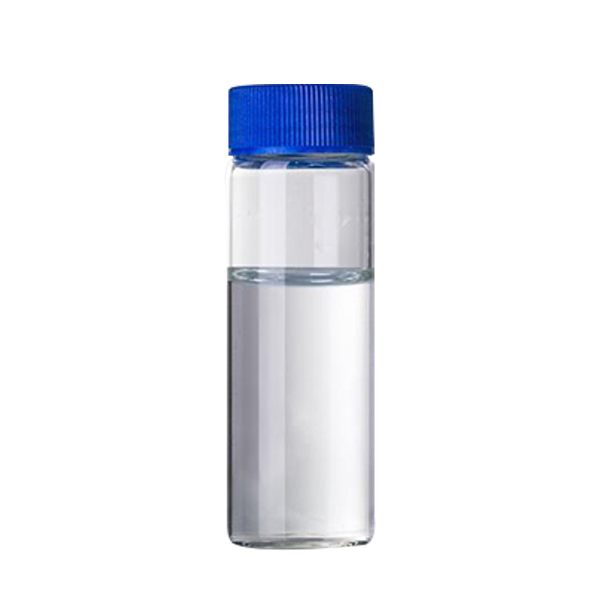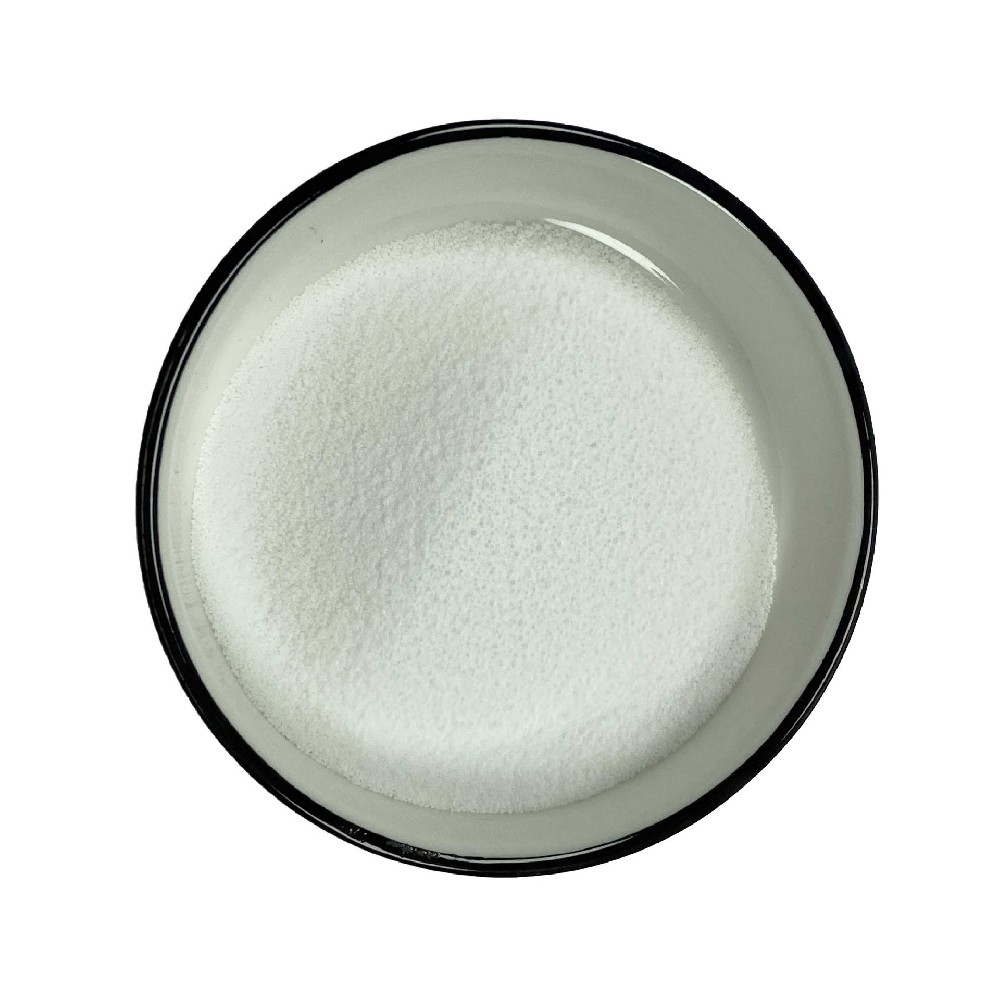

Eugenol CAS 97-53-0
——————
CAS number : 97-53-0
molecular formula : C10H12O2
EINECS : 202-589-1
——————
Email : info@deshangchem.com
Mobile : +86-13153039501
TEL : +86-531-88752665
CAS number:97-53-0
molecular formula:C10H12O2
molecular weight:164.2
EINECS number:202-589-1
English synonyms
SYNTHETICCLOVEOIL;PHENOL,4-ALLYL-2-METHOXY;4-allyl-2-methoxy-pheno;4-allyl-2-methoxyphenol(eugenol);4-Allyl-2-rnethoxyphenol(eugenol);4-Allylcatechol-2-methylether;4-allylcatechol-2-methylether;4-Hydroxy-3-methoxyallylbenzene
Related categories
Spices; aromatic hydrocarbons; Chinese medicine reference substances; standard substances; reference substances, standard substances; cosmetic spices; alcohols, aldehydes, ketones; plant extraction; natural plant essential oils; organic raw materials; Chinese herbal medicine ingredients; synthetic spices; daily necessities; spices and essences; Food additives; food flavors; edible flavors (flavor enhancers); natural equivalent flavors and artificial flavors; spice raw materials; flavors and fragrances; analytical standards; plant extracts; reference substances; ;Small Molecule Inhibitors, Natural Products; Standard-Reference Substances; Natural Whole Herb Essential Oil; Organic Chemical Materials; Antioxidant; Biochemistry; Antioxidant and Free Radical Scavengers; Aspalathus linearis (Rooibostea); ;pharmaceuticalintermediate;phytochemical;reference standards from Chinese medicinal herbs (TCM). Traditional Chinese medicine standard products; chemical raw materials; standard products - traditional Chinese medicine standard products; food additives, spices; pharmaceutical raw materials; new products; chemical materials; monomer spices; ratio extracts; daily chemicals; natural flavors; general biochemical reagents - natural products; General biochemical reagents - inorganic salts; alcohols, aldehydes, ketones; natural plant essential oils; Curcumalonga (Turmeric); E; Ephedrasinica; Euphorbiasp; Humulus lupulus (Hops); Panaxginseng;Phenols;PhytochemicalsbyPlant(Food/Spice/Herb);Vacciniummacrocarpon(Cranberry);Va ccinium myrtillus (Bilberry); Zingiber officinale (Ginger)
Introduction
Eugenol naturally exists in essential oils such as clove oil, clove basil oil, and cinnamon oil, and is a colorless to light yellow thick oily liquid with a strong clove aroma and spicy aroma. At present, the industrial production of eugenol is mostly isolated from the essential oil rich in eugenol through alkali treatment. Usually sodium hydroxide solution is added to the separated oil, after heating and stirring, the non-phenolic oil floating on the liquid surface is extracted with solvent or steamed out, and then acidified sodium salt is added to obtain crude eugenol, Wash with water until neutral, and then vacuum distillation can obtain pure eugenol.
| Melting point | -12--10°C(lit.) |
| Boiling point | 254°C(lit.) |
| Density | 1.067g/mLat25°C(lit.) |
| Vapor Pressure | <0.1hPa(25°C) |
| FEMA | 2467|EUGENOL |
| Refractive index | n20/D1.541(lit.) |
| Flash point | >230°F |
| Storage conditions | 2-8°C |
| Solubility | 2.46g/l |
| Shape | Liquid |
| Acidity coefficient(pKa) | pKa9.8(Uncertain) |
| Color | Clear pale yellow to yellow |
| Water solubility | slightly soluble |
| Sensitive | AirSensitive |
| JECFA Number | 1529 |
| Merck | 14,3898 |
| BRN | 1366759 |
| Stability | Stable.Combustible.Incompatiblewithstrongoxidizingagents. |
| InChIKey | RRAFCDWBNXTKKO-UHFFFAOYSA-N |
| LogP | 1.83 at 30℃ |
| CAS database | 97-53-0(CAS DataBase Reference) |
Colorless to light yellow slightly thick liquid. Boiling point 250-255°C, relative density 1.064-1.068, refractive index 1.540-1.542, flash point >104°C, soluble in 2 volumes of 60% ethanol and oil. Has a dry sweet floral and spicy aroma. Carnation smell, like clove oil aroma. The momentum is strong, the hair is strong, long-lasting, and has a warm and spicy aroma.
● It is a body fragrance blended with carnation flowers. It is widely used in fragrance types such as xiangwei. It can be used as a modifier and fixative, and it can be used in colored soaps to add fragrance. Can be used in many floral fragrances such as rose etc. It can also be used in spicy, woody, oriental, and scented types, and it can also be used in edible spicy, mint, nut, various fruity, jujube, and tobacco flavors.
● Eugenol has a strong dianthus musk smell, and is the basis for blending health and medicinal essences. It is used in the blending of fragrances such as cosmetics, soaps, and food. Eugenol has strong bactericidal power, can be used as a local analgesic for dental caries, and has a local antiseptic effect. Eugenol is an intermediate of some other spices, and its derivatives include isoeugenol, methyl eugenol, methyl isoeugenol, acetyl eugenol, acetyl eugenol, benzyl isoeugenol, etc. When eugenol is heated in potassium hydroxide, the double bond of the propylene group undergoes rearrangement and becomes an α-propenyl group conjugated with the benzene ring, thereby obtaining isoeugenol. After acetylation and mild oxidation, α- The propylene group is broken to obtain vanillin, which is the main component of an important artificial flavoring agent. Eugenol can also be used to manufacture isoniazid, a specific drug for the treatment of tuberculosis.
● Used in the preparation of carnation-type flavors and the preparation of isoeugenol and vanillin, etc., also used as pesticides and preservatives
● GB2760-96 stipulates that it is allowed to use edible spices. It is mainly used in the preparation of flavors such as smoked ham, nuts and spices. It is also the main raw material for the synthesis of vanillin.
● Eugenol is an edible spice that is allowed to be used in my country. It is mainly used to prepare mint, nuts, spicy food flavors and tobacco flavors. The dosage is based on normal production needs. The amount used in meat is 40~2000mg/kg; 500mg/kg in sugar; 9.6-100mg/kg in condiments; 33mg/kg in baked goods; 32mg/kg in candies; 3.1mg/kg in cold drinks; 1.4mg/kg in soft drinks; 0.6mg/kg in puddings . In addition, eugenol has antiseptic and strong bactericidal power.
● Mainly used for antibacterial, lowering blood pressure.
● Eugenol is one of the main constituents of cloves.
● Use clove oil and other essential oils containing a large amount of eugenol, add 30% sodium hydroxide solution to treat, add inorganic acid or pass in carbon dioxide gas to make it precipitate. Or add it with sodium acetate to free it and then distill it to obtain pure product.
● Eugenol mainly exists in the oil of clove basil (Oci-mumgratissimum L) and the oil of cinnamon leaves of the genus Cinnamon, and is a component of various aromatic oils, among which clove oil, bay leaf oil, basil oil, and bay oil have the most content . Although eugenol can also be prepared by synthetic methods, it is generally isolated and extracted from plants or aromatic oils in industry. Clove basil can be used as raw material, and clove basil originates in Seychelles and Comoros. It was introduced into my country from the former Soviet Union in 1965. It is cultivated as a subshrub in many places in the south of the Yangtze River Basin. The clove basil oil content is the highest in flower spikes, followed by leaves and stems. The main component in the oil is eugenol. Accounting for 60-70%, there are still linalool, p-cymene, ocimene and so on. Synthetic method Eugenol is obtained by reacting o-methoxyphenol with allyl bromide, and then rearranged by heating.
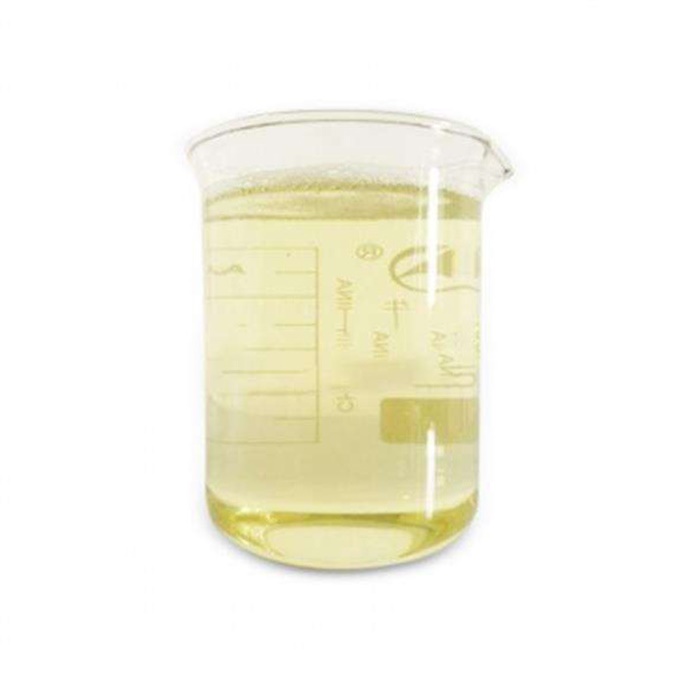
Eugenol CAS 97-53-0
CAS number:97-53-0
molecular formula:C10H12O2
molecular weight:164.2
EINECS number:202-589-1
English synonyms
SYNTHETICCLOVEOIL;PHENOL,4-ALLYL-2-METHOXY;4-allyl-2-methoxy-pheno;4-allyl-2-methoxyphenol(eugenol);4-Allyl-2-rnethoxyphenol(eugenol);4-Allylcatechol-2-methylether;4-allylcatechol-2-methylether;4-Hydroxy-3-methoxyallylbenzene
Related categories
Spices; aromatic hydrocarbons; Chinese medicine reference substances; standard substances; reference substances, standard substances; cosmetic spices; alcohols, aldehydes, ketones; plant extraction; natural plant essential oils; organic raw materials; Chinese herbal medicine ingredients; synthetic spices; daily necessities; spices and essences; Food additives; food flavors; edible flavors (flavor enhancers); natural equivalent flavors and artificial flavors; spice raw materials; flavors and fragrances; analytical standards; plant extracts; reference substances; ;Small Molecule Inhibitors, Natural Products; Standard-Reference Substances; Natural Whole Herb Essential Oil; Organic Chemical Materials; Antioxidant; Biochemistry; Antioxidant and Free Radical Scavengers; Aspalathus linearis (Rooibostea); ;pharmaceuticalintermediate;phytochemical;reference standards from Chinese medicinal herbs (TCM). Traditional Chinese medicine standard products; chemical raw materials; standard products - traditional Chinese medicine standard products; food additives, spices; pharmaceutical raw materials; new products; chemical materials; monomer spices; ratio extracts; daily chemicals; natural flavors; general biochemical reagents - natural products; General biochemical reagents - inorganic salts; alcohols, aldehydes, ketones; natural plant essential oils; Curcumalonga (Turmeric); E; Ephedrasinica; Euphorbiasp; Humulus lupulus (Hops); Panaxginseng;Phenols;PhytochemicalsbyPlant(Food/Spice/Herb);Vacciniummacrocarpon(Cranberry);Va ccinium myrtillus (Bilberry); Zingiber officinale (Ginger)
Introduction
Eugenol naturally exists in essential oils such as clove oil, clove basil oil, and cinnamon oil, and is a colorless to light yellow thick oily liquid with a strong clove aroma and spicy aroma. At present, the industrial production of eugenol is mostly isolated from the essential oil rich in eugenol through alkali treatment. Usually sodium hydroxide solution is added to the separated oil, after heating and stirring, the non-phenolic oil floating on the liquid surface is extracted with solvent or steamed out, and then acidified sodium salt is added to obtain crude eugenol, Wash with water until neutral, and then vacuum distillation can obtain pure eugenol.
| Melting point | -12--10°C(lit.) |
| Boiling point | 254°C(lit.) |
| Density | 1.067g/mLat25°C(lit.) |
| Vapor Pressure | <0.1hPa(25°C) |
| FEMA | 2467|EUGENOL |
| Refractive index | n20/D1.541(lit.) |
| Flash point | >230°F |
| Storage conditions | 2-8°C |
| Solubility | 2.46g/l |
| Shape | Liquid |
| Acidity coefficient(pKa) | pKa9.8(Uncertain) |
| Color | Clear pale yellow to yellow |
| Water solubility | slightly soluble |
| Sensitive | AirSensitive |
| JECFA Number | 1529 |
| Merck | 14,3898 |
| BRN | 1366759 |
| Stability | Stable.Combustible.Incompatiblewithstrongoxidizingagents. |
| InChIKey | RRAFCDWBNXTKKO-UHFFFAOYSA-N |
| LogP | 1.83 at 30℃ |
| CAS database | 97-53-0(CAS DataBase Reference) |
Colorless to light yellow slightly thick liquid. Boiling point 250-255°C, relative density 1.064-1.068, refractive index 1.540-1.542, flash point >104°C, soluble in 2 volumes of 60% ethanol and oil. Has a dry sweet floral and spicy aroma. Carnation smell, like clove oil aroma. The momentum is strong, the hair is strong, long-lasting, and has a warm and spicy aroma.
● It is a body fragrance blended with carnation flowers. It is widely used in fragrance types such as xiangwei. It can be used as a modifier and fixative, and it can be used in colored soaps to add fragrance. Can be used in many floral fragrances such as rose etc. It can also be used in spicy, woody, oriental, and scented types, and it can also be used in edible spicy, mint, nut, various fruity, jujube, and tobacco flavors.
● Eugenol has a strong dianthus musk smell, and is the basis for blending health and medicinal essences. It is used in the blending of fragrances such as cosmetics, soaps, and food. Eugenol has strong bactericidal power, can be used as a local analgesic for dental caries, and has a local antiseptic effect. Eugenol is an intermediate of some other spices, and its derivatives include isoeugenol, methyl eugenol, methyl isoeugenol, acetyl eugenol, acetyl eugenol, benzyl isoeugenol, etc. When eugenol is heated in potassium hydroxide, the double bond of the propylene group undergoes rearrangement and becomes an α-propenyl group conjugated with the benzene ring, thereby obtaining isoeugenol. After acetylation and mild oxidation, α- The propylene group is broken to obtain vanillin, which is the main component of an important artificial flavoring agent. Eugenol can also be used to manufacture isoniazid, a specific drug for the treatment of tuberculosis.
● Used in the preparation of carnation-type flavors and the preparation of isoeugenol and vanillin, etc., also used as pesticides and preservatives
● GB2760-96 stipulates that it is allowed to use edible spices. It is mainly used in the preparation of flavors such as smoked ham, nuts and spices. It is also the main raw material for the synthesis of vanillin.
● Eugenol is an edible spice that is allowed to be used in my country. It is mainly used to prepare mint, nuts, spicy food flavors and tobacco flavors. The dosage is based on normal production needs. The amount used in meat is 40~2000mg/kg; 500mg/kg in sugar; 9.6-100mg/kg in condiments; 33mg/kg in baked goods; 32mg/kg in candies; 3.1mg/kg in cold drinks; 1.4mg/kg in soft drinks; 0.6mg/kg in puddings . In addition, eugenol has antiseptic and strong bactericidal power.
● Mainly used for antibacterial, lowering blood pressure.
● Eugenol is one of the main constituents of cloves.
● Use clove oil and other essential oils containing a large amount of eugenol, add 30% sodium hydroxide solution to treat, add inorganic acid or pass in carbon dioxide gas to make it precipitate. Or add it with sodium acetate to free it and then distill it to obtain pure product.
● Eugenol mainly exists in the oil of clove basil (Oci-mumgratissimum L) and the oil of cinnamon leaves of the genus Cinnamon, and is a component of various aromatic oils, among which clove oil, bay leaf oil, basil oil, and bay oil have the most content . Although eugenol can also be prepared by synthetic methods, it is generally isolated and extracted from plants or aromatic oils in industry. Clove basil can be used as raw material, and clove basil originates in Seychelles and Comoros. It was introduced into my country from the former Soviet Union in 1965. It is cultivated as a subshrub in many places in the south of the Yangtze River Basin. The clove basil oil content is the highest in flower spikes, followed by leaves and stems. The main component in the oil is eugenol. Accounting for 60-70%, there are still linalool, p-cymene, ocimene and so on. Synthetic method Eugenol is obtained by reacting o-methoxyphenol with allyl bromide, and then rearranged by heating.
Team Presentation

